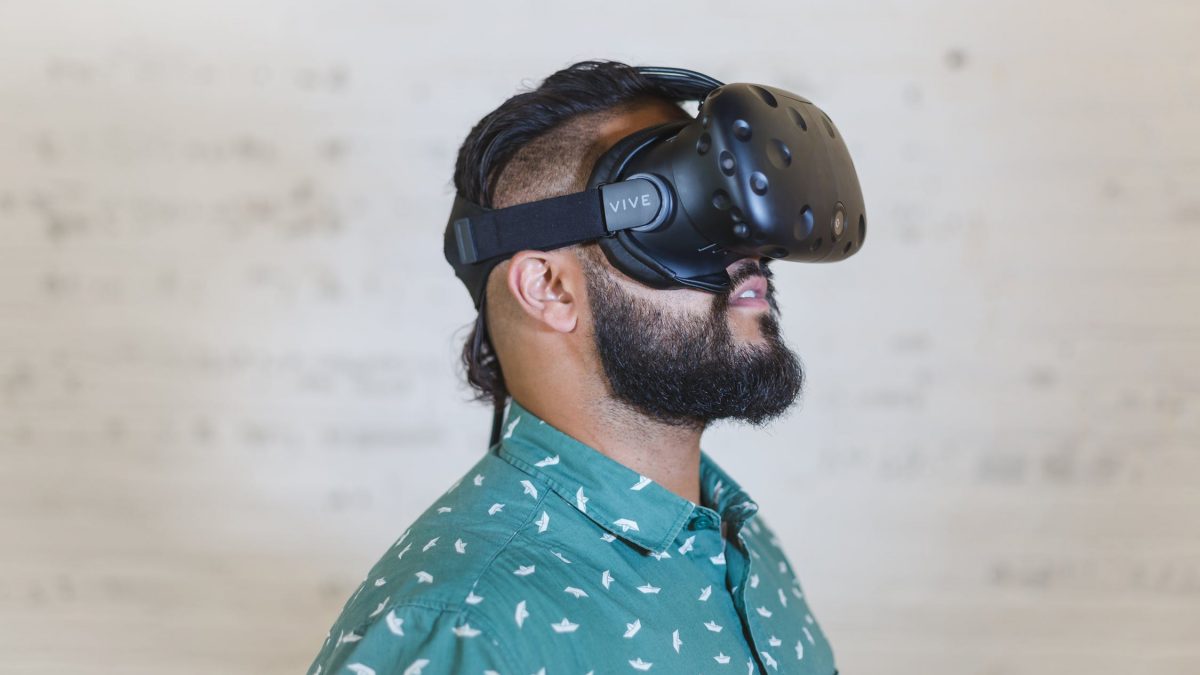How To Enhance Your Brand With Experiential Marketing
Experiential marketing is a method for assimilating consumers into a brand experience. It’s a way for businesses to form meaningful and memorable bonds with their customers by personalising their marketing experience. And with advancements in marketing technology, along with drastic changes in modern consumer expectations, experiential marketing is becoming a powerful advertising tool.
So in this blog we’re going to talk a little bit about how to utilise this interesting form of advertising, looking at what it is, how it works, and why it can be beneficial.
What is experiential marketing?
Fist of all, an example, just to show you what experiential marketing looks like. The following is a video of the “survival billboard” campaign, through which Microsoft promoted a new Xbox game, Tomb Raider.
This is a classic example of experiential marketing as it contains all the key elements of the medium. These elements include: an intriguing premise, incentive for consumers to interact, and a partially formed experience that can only be complete via inclusion of the public. In this case, without the participation of the contestants, the campaign would have been nothing more than a confusing, half-empty, nonsensical billboard.
Enhancement of experience
Whatever the reason, whether it’s a growing distrust towards big business, over-saturation in the advertising landscape, or just higher standards, people today want more from the marketing they’re exposed to. Things are moving towards a place where it’s no longer enough to simply throw leaflets and brochures at consumers. There’s too much technology and too much competition around for that kind of approach to work effectively.
As a society, we’re constantly looking for bigger, better experiences. People want things that are shareable, things that can be posted on social media, commented on, and interacted with. Whether it’s on TV, at a bus stop, or in the centre of town, people love novelty. And many companies have responded to this desire for novelty and experience by injecting those things directly into their marketing strategies.
As can be seen from the video above, when people encounter true novelty they interact with it. Lots of people live-streamed the survival billboard challenge and took to Twitter to spur the contestants on. They spent their own leisure time actively seeking out and consuming what was essentially an advertisement. This is important because, clearly, the content transcended the realms of mere advertising and became genuine, shareable, and entertaining content.
Successfully navigating the transition from “advertising” to “content” is essentially the aim of experiential marketing. And by making this transition, the value and reach of your marketing increases exponentially.
Technological and creative prowess
Often, experiential marketing can be closely linked with new or popular technologies. Take, for example, virtual reality hotel tours — which are becoming increasingly common. (If you’ve never seen one of these before, you can take a look at one here).
Incorporating new technologies into your marketing mix is important for numerous reasons. Of course there’s the fact that you’ll stand out from your less tech-savvy competitors. But also (as is evidence by the aforementioned virtual tours), there are times when certain technologies are the only means for producing experiential marketing. Without access to or awareness of these technologies, businesses can’t utilise them, and therefore can’t benefit from the increased levels of interactivity they offer.
When it comes to technology and experiential marketing, it’s all about resonating with the consumer. And in order to resonate, we need to appeal to a person’s likes and interests. We must offer them a valuable and authentically engaging experience. Simply put, in many ways it’s no longer enough to simply produce static marketing like leaflets and brochures. These thing are effective and important, but they need to be reinforced with more personalised, interactive experiences as well. Businesses need to be constantly thinking outside the box and asking themselves, “How can we improve the impact of our marketing and make it more relatable and engaging?”
Interaction and connection
When it comes down to it, all anyone ever really wants is to make meaningful connections. Whether it’s with other other human beings or brands, people want to experience personal, deep, and satisfying interactions.
Now, in order to have a satisfying interaction with a brand, people need to feel respected and valued. They need to feel as though the brand somehow represents them. They need to feel incentivised to become an advocate of it.
This is where something as simple as a QR code can make a big difference. Just that single motivating factor to probe further into the advertisement, to learn more, can push people a long way. It can induce curiosity and excitement, and give the impression that the brand is really trying to make a connection. It’s not static and immovable, but malleable. It’s inviting people to interact, which can make them more receptive and open to the message of the campaign.
The following is a brilliant example of brand-consumer interaction in marketing, because the consumer’s interaction literally triggers the advertisement.
Grow your message
All-in-all, experiential marketing is a great tool to have at your disposal. It’s fun, effective, and offers a means for businesses to reach out and make lasting connections with their consumers.
For more on growing and spreading your brand’s message, see our posts on the benefits of branded clothing and vehicles.




